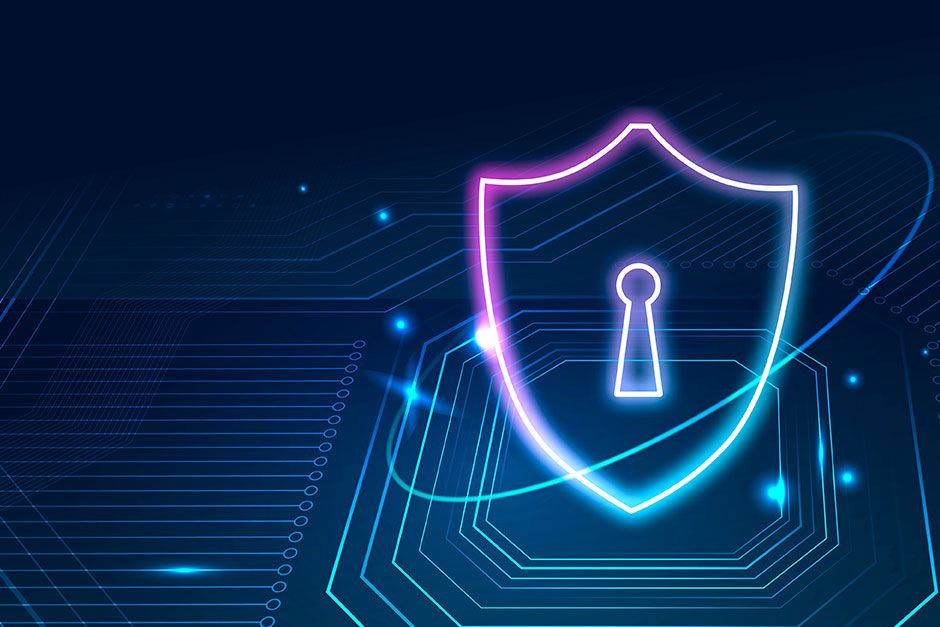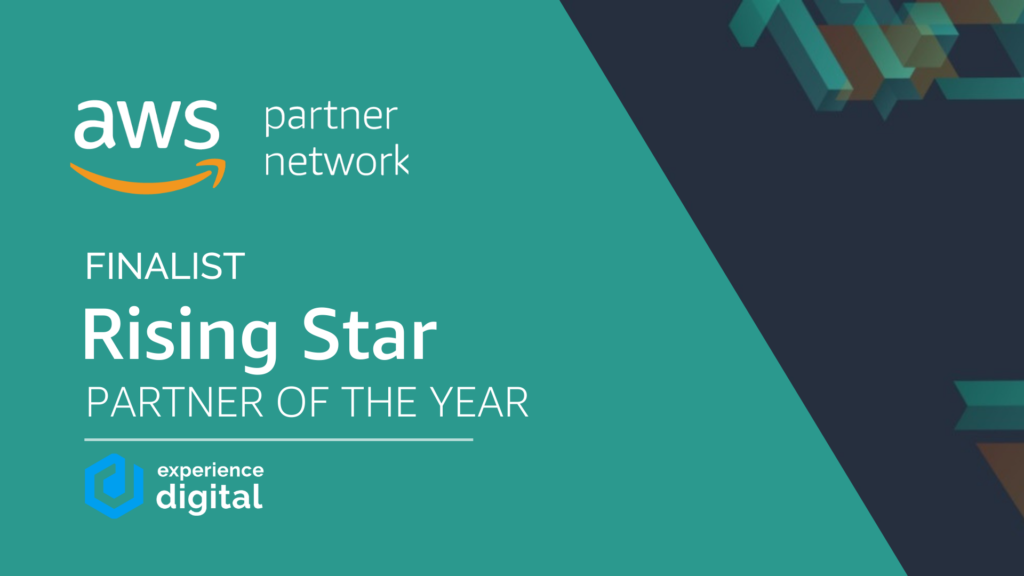If you’ve made it here I can only assume you are well versed in what Internet of Things (IoT) is and its vast value proposition and are ready to see how it can truly transform and optimise your business operations. Although, driving innovation through implementing new technology will always come with associated risks. IoT’s main vulnerability lies within the realm of cybersecurity and confidentiality.
With a predicted 18 billion IoT devices in use in 2022, the likelihood of a security breach within your organisation continues to rise. To put things into perspective, according to Forrester’s State of Enterprise IoT Security Report (2021), unmanaged IoT devices are 84% more vulnerable to cyber-attacks than corporate-managed computers.
Some 1.51 billion IoT breaches occurred in the first half of 2021 (according to Kaspersky’s 2021 report). So, whilst IoT technology offers the promise of a vast increase in productivity, efficiency and collaboration, it, unfortunately, falls short in the form of security – exposing organisations to a whole new range of intricate and complex cyberattacks.
Let’s discuss how to reap the benefits of IoT without compromising on security.
Increasing Visibility to Mitigate Vulnerabilities
With the 2022 outlook for the cyber industry heavily involving the notion of increasing cyber-resilience, it’s crucial to create a culture of cyber awareness throughout your organisation. According to Palo Alto’s 2021 IoT Security Report, 78% of IoT decision-makers noted an increase in non-business IoT devices utilising corporate networks in the past year, citing the pandemic and work-from-home arrangements as the major contributing factors. With the main reported issue being a lack of visibility and communication, how can you ensure these unknown devices don’t increase your vulnerabilities?
Regardless of the size and stage at which your organisation is into your IoT usage, further strengthening your cybersecurity measures means always keeping it front of mind. Additionally, shifting your organisational mindset to ensure security is considered in all executive decisions is paramount. This often involves implementing a clear strategy for change management, which includes re-educating employees at all levels of the organisation and refreshing or overhauling your IoT strategy completely. Despite this sounding daunting, it allows you the opportunity to address and implement threat protection, risk assessments, prioritise your security executive’s recommendations and increase device visibility & inventory.
With statistics telling us that 51% of security enterprise professionals have reported on not fully understanding the risks associated with unmanaged and IoT devices and 80% not sure where to start – we’re here to break down these barriers.
So let’s dive deeper into recommendations.
Address Threat Detection & Protection
Depending on the nature of your IoT devices, threat prevention mechanisms will vary in their scale and complexity. Due to their extremely diverse nature, IoT devices often permit numerous points of compromise. Adopting an aggressive cybersecurity posture includes putting into effect mechanisms such as payload-based signatures to block advanced threats.
The first step in your IoT Cybersecurity strategy should be to focus on the fundamentals, utilising the notion of building from the ground up. Ensuring your data and applications are protected means assessing all of the risks your devices and networks are involved in.
Your IoT security strategy should encompass the ability to draw data from a cloud-delivered threat intelligence engine that delivers real-time malware analysis. Minimising weaknesses across your network is often attributed to the level of real-time responsiveness to pending threats.
Complete Risk Assessments
There are an array of different IoT-directed attacks circulating, from DDoS to IIoT, and security camera breaches. For this reason, conducting regular risk assessments to deeply understand not only where your main risk lies, but also the appropriate level of risk, allows the correct direction of resources and enforcement of security policies. Conducting risk assessments should continually provide you with valuable insight into vulnerability management and threat detection.
So what comes next? What should you do once a threat has been detected? As mentioned above, the level of real-time responsiveness to a threat is crucial to minimise the severity of the breach. Automating the ability for devices to shut down once they have been compromised is crucial to ensure compromised devices don’t act as a gateway to further vulnerability. Although this is an extremely complex process, experts in IoT security will navigate and automate this process to increase security.
Implement & Abide By Security Standards
Increasing compliance should be a top priority, but not only to increase internal security and manage risks. As a bonus, global security standards such as ISO 27001 and NIST provide the opportunity to showcase your organisation’s high-level security protocols. A range of frameworks and certifications exist to exemplify high-level security standards, catering to different sized organisations.
Whilst security frameworks tend to overlap and collectively provide the capability to identify risks, implement controls and monitor performance; NIST is a voluntary option that is often acquired by companies as a fundamental part of their security framework before scaling. Undertaking a NIST audit provides insight into where your cybersecurity program stands. Then you can make an informed decision before developing and implementing an ISO 27001 framework.
ISO 27001 is a less technical and internationally recognised approach. With more emphasis on risk-based management, ISO 27001 provides best practice recommendations to secure all of your information and is ideal for organisations with a level of operational maturity.
In regards specifically to IoT Security, in January 2022, Xiaomi, a market-leading consumer electronics and smart manufacturing company launched global security standards for its IoT devices. The new guidelines set requirements for device hardware, software, and communication methods. Xiaomi outline specific requirements for data security and privacy, communication security, authentication and access control, secure boot, data deletion, and more.
These guidelines fill a gap in the market for a set of industry standards in regards to IoT security, with businesses able to utilise this guide to avoid basic security and privacy protection risks in regards to their IoT products.
Prioritise Your Security Team’s Recommendations
Awareness of growing IoT security risks has previously been underrated, and not considered as part of executive decision making. Appointing a dedicated security team increases the functionality of your cybersecurity measures, providing accountability as well as the ability to raise awareness throughout your organisation. This team’s responsibility lies in education – demonstrating to stakeholders the vulnerabilities of unmanaged devices and building the business case to secure an additional budget allocation. Gathering a larger budget leads to the acquisition of necessary resources and technologies to secure these unmanaged IoT devices.
Increase Device Visibility & Inventory
Device visibility opens up a realm of concern – how are you meant to secure devices if you don’t know they exist? Therefore, completing a thorough audit of all devices on your network will provide you with valuable insights you can then leverage. This data will advise where and how these devices are used to clearly outline how they could be exploited. Furthermore, this data should dictate new policy and control implementation to ensure devices are appropriately monitored and secured. This will minimise the possibility of data breaches and cyberattacks.
Implementation without Insecurity
Although the statistics and recommendations mentioned above may seem unreachable, especially for smaller businesses – they are critical to the longevity of a secure organisation. Leveraging subject matter experts and frameworks can lessen the burden of full compliance and IoT security.
Amazon Web Services (AWS) are a world leader in cloud services, providing device support and foundational frameworks to assist with implementation and ongoing security protection. AWS IoT provides a multitude of services and solutions with security top of mind. AWS IoT Device Defender is a service providing the capability to manage your fleet of IoT devices through continually auditing your IoT configurations, sending an alert if any configurations deviate from security best practices. This service can be implemented in conjunction with AWS IoT Device Management and IoT Greengrass to quickly recognise and mitigate potential attacks.
These services oversee the management of your data interaction including connectivity and control services, as well as the device software. All components are customisable and compliant – governed by the AWS Shared Responsibility Model to give you peace of mind in regards to protection.
A Helping Hand
There’s no denying that IoT security is extremely complicated, therefore leveraging IoT professionals in the field is our primary recommendation. Utilising professional expertise and recommendations provides the opportunity to solidify a full-proof IoT security framework, securing your devices and providing continuous protection against potential threats. Utilising expert collaboration and leveraging best practices provides allows for efficient risk recognition and management.
As an AWS Advanced Consulting Partner, we’ve helped customers with IoT Security strategies to meet their ultimate goal – whether that be achieving security compliance, ongoing risk management or security protocol implementation.
If you’re not sure where to start, need expert advice, or are ready to completely overhaul your current strategy – reach out today.






